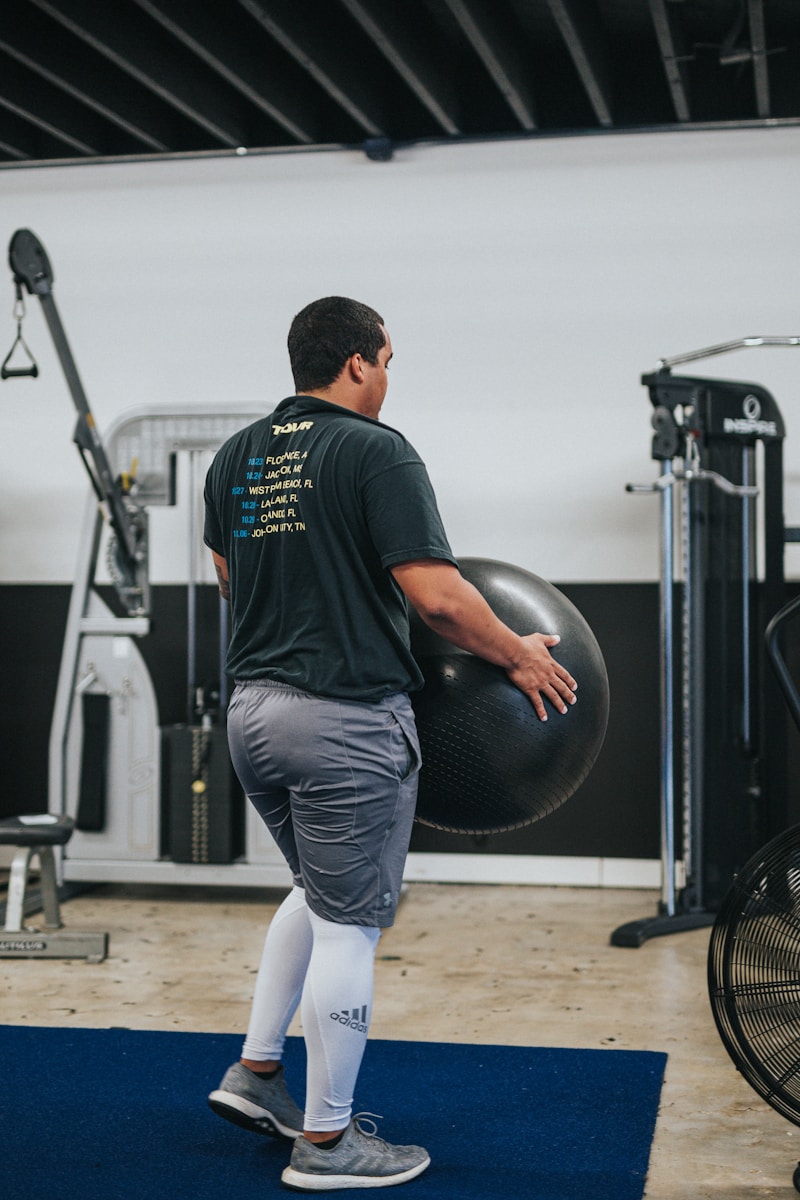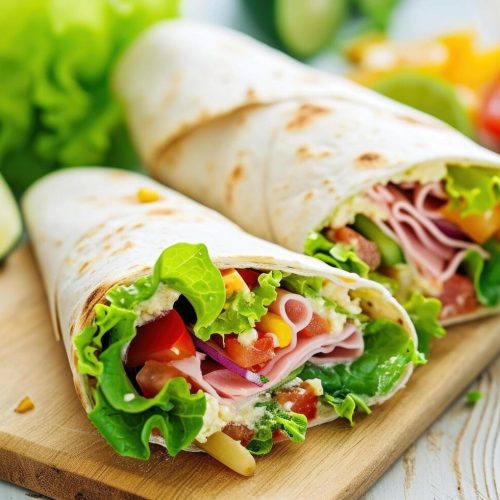Embarking on a fitness journey is an exciting decision that can lead to a healthier, stronger, and more confident version of yourself. However, getting started can feel overwhelming, especially if you’re new to exercise or haven’t been active in a while. This guide is designed to help beginners navigate the first steps of their fitness journey, providing practical tips, advice, and encouragement to set you on the path to success.
1. Define Your Fitness Goals
Before you start working out, it’s essential to define your fitness goals. Having clear, specific goals will give your fitness journey direction and purpose, helping you stay motivated and focused.
How to Set Your Goals:
- Be Specific: Instead of setting a vague goal like “get in shape,” be specific about what you want to achieve. For example, “lose 10 pounds in three months,” “run a 5K,” or “build muscle tone in my arms and legs.”
- Set Realistic Goals: While it’s great to aim high, your goals should be achievable based on your current fitness level and lifestyle. Setting unrealistic goals can lead to frustration and burnout.
- Break It Down: Divide your long-term goal into smaller, manageable milestones. For example, if your goal is to lose 20 pounds, aim to lose 1-2 pounds per week. Celebrating these small wins can keep you motivated.
Why It’s Important: Clear, realistic goals give your fitness journey structure and help you measure your progress over time, making it easier to stay committed.
2. Start with the Basics: Bodyweight Exercises
If you’re new to fitness, starting with bodyweight exercises is a great way to build strength, improve flexibility, and boost your confidence. These exercises use your body weight as resistance, making them accessible and effective for beginners.
Beginner Bodyweight Exercises:
- Squats: Strengthen your legs, glutes, and core with this fundamental exercise. Start by standing with your feet shoulder-width apart, then bend your knees and lower your hips as if you’re sitting in a chair. Keep your back straight and your knees behind your toes. Return to the starting position and repeat.
- Push-Ups: Work your chest, shoulders, and triceps with push-ups. Begin in a plank position with your hands slightly wider than shoulder-width apart. Lower your body until your chest nearly touches the floor, then push back up to the starting position. Modify by dropping your knees if needed.
- Planks: Build core strength with planks. Start in a push-up position, then lower your forearms to the floor. Keep your body in a straight line from head to heels, engaging your core. Hold for 20-30 seconds and gradually increase the time as you get stronger.
- Lunges: Improve balance and leg strength with lunges. Step forward with one leg, lowering your hips until both knees are bent at 90-degree angles. Push off your front foot to return to the starting position, then repeat on the other side.
Why It’s Important: Bodyweight exercises are simple, effective, and can be done anywhere, making them perfect for beginners. They help build a solid fitness foundation and prepare your body for more advanced workouts in the future.
3. Focus on Consistency Over Intensity
When starting your fitness journey, it’s essential to focus on building consistency rather than pushing yourself too hard right out of the gate. Consistency is the key to long-term success, and establishing a regular workout routine will help you develop the habit of exercise.
How to Build Consistency:
- Start Small: Begin with short, manageable workouts, such as 15-20 minutes a day, 3-4 times a week. As you become more comfortable, gradually increase the duration and frequency of your workouts.
- Schedule Your Workouts: Treat your workouts like appointments by scheduling them in your calendar. This helps you prioritize exercise and make it a non-negotiable part of your day.
- Listen to Your Body: It’s normal to experience some muscle soreness when starting out, but be mindful of how your body feels. If you’re extremely tired or in pain, give yourself permission to rest and recover.
Why It’s Important: Building consistency creates a strong foundation for your fitness journey. It helps you develop the habit of regular exercise, which is crucial for achieving long-term results.
4. Incorporate Cardio for Heart Health
Cardiovascular exercise is an important component of any fitness routine, especially for beginners. Cardio helps improve heart health, burn calories, and boost your endurance.
Beginner Cardio Options:
- Walking: One of the easiest and most accessible forms of cardio. Start with a brisk 20-30 minute walk around your neighborhood or on a treadmill.
- Cycling: Whether on a stationary bike or outdoors, cycling is a low-impact cardio option that’s easy on the joints.
- Swimming: A full-body workout that’s gentle on the body, swimming is an excellent choice for beginners.
- Dancing: Turn on your favorite music and dance around your living room. It’s a fun way to get your heart rate up and burn calories.
Why It’s Important: Cardio exercises help improve your cardiovascular system, increase stamina, and complement your strength training efforts, making it an essential part of a balanced fitness routine.
5. Don’t Forget Flexibility and Mobility
Flexibility and mobility exercises are often overlooked by beginners, but they play a crucial role in your overall fitness. These exercises help improve your range of motion, reduce the risk of injury, and enhance your performance in other activities.
Simple Flexibility and Mobility Exercises:
- Hamstring Stretch: Sit on the floor with one leg extended and the other bent. Reach toward your toes, keeping your back straight. Hold for 20-30 seconds and switch legs.
- Hip Flexor Stretch: Kneel on one knee with the other foot in front, forming a 90-degree angle. Gently push your hips forward while keeping your back straight. Hold for 20-30 seconds and switch legs.
- Shoulder Rolls: Stand or sit up straight. Roll your shoulders forward in a circular motion for 10 repetitions, then roll them backward for 10 more.
- Cat-Cow Stretch: Start on your hands and knees. Arch your back (cat pose) and then drop your belly while lifting your head (cow pose). Repeat for 10-15 repetitions.
Why It’s Important: Incorporating flexibility and mobility exercises into your routine helps prevent injuries, improves posture, and enhances your overall movement quality.
6. Fuel Your Body with Proper Nutrition
Nutrition plays a vital role in your fitness journey. Eating a balanced diet that provides the necessary nutrients will fuel your workouts, support muscle recovery, and help you reach your fitness goals.
Basic Nutrition Tips for Beginners:
- Eat a Balanced Diet: Focus on a mix of lean proteins, whole grains, healthy fats, and plenty of fruits and vegetables. This ensures that your body gets the nutrients it needs to perform and recover.
- Stay Hydrated: Drink plenty of water throughout the day, especially before, during, and after your workouts. Staying hydrated helps maintain energy levels and prevents dehydration.
- Don’t Skip Meals: Skipping meals can lead to low energy levels and poor workout performance. Aim to eat small, frequent meals to keep your metabolism steady.
Why It’s Important: Proper nutrition supports your fitness efforts, helps you recover faster, and fuels your body for the challenges ahead.
7. Track Your Progress
Tracking your progress is a great way to stay motivated and see how far you’ve come on your fitness journey. It allows you to celebrate your achievements and identify areas where you may need to adjust your approach.
Ways to Track Your Progress:
- Keep a Workout Journal: Record your workouts, including exercises, sets, reps, and how you felt during the session. This helps you see improvements over time.
- Take Progress Photos: Take photos at regular intervals (e.g., every 4 weeks) to visually track changes in your body.
- Measure Your Body: Use a tape measure to track changes in your waist, hips, arms, and legs.
- Set Performance Goals: Track your ability to perform specific exercises, such as increasing the number of push-ups or the amount of weight lifted.
Why It’s Important: Tracking progress keeps you motivated by showing tangible evidence of your improvements, helping you stay committed to your fitness journey.
8. Stay Patient and Persistent
Fitness is a marathon, not a sprint. It’s important to stay patient and persistent, even when progress feels slow. Building a healthy, strong body takes time, and the results are worth the effort.
How to Stay Motivated:
- Focus on the Process: Instead of fixating on the end result, focus on enjoying the process of becoming fitter and healthier.
- Setbacks Are Normal: Everyone experiences setbacks, whether it’s missing a workout, dealing with an injury, or feeling unmotivated. The key is to stay persistent and get back on track as soon as possible.
- Celebrate Your Achievements: No matter how small, celebrate every achievement along the way. These victories build momentum and keep you motivated.
Why It’s Important: Patience and persistence are the keys to long-term success. Staying committed to your fitness journey, even when progress is slow, will ultimately lead to the results you desire.
Conclusion
Starting your fitness journey can be both exciting and challenging. By setting clear goals, focusing on consistency, incorporating a variety of exercises, and maintaining proper nutrition, you can build a strong foundation for a healthier and more active lifestyle. Remember to stay patient, track your progress, and celebrate your achievements along the way. With determination and persistence, you’ll soon see the benefits of your hard work and be
well on your way to reaching your fitness goals.
Tags: beginner fitness, starting your fitness journey, fitness goals, bodyweight exercises, consistency in fitness, cardio for beginners, flexibility exercises, beginner nutrition, workout motivation, fitness progress tracking





